|
The "Practice" posts are about progress and learning. The pictures and analysis of my own practice help me find areas that need improvement. Backward bending is one of the keys that continues to unlock my practice. The courage, strength and openness required to bend backwards means that it is always challenging and also very rewarding. It can be frightening business, especially in the early moments of Bikram's class when we are not entirely warm and not fully confident but we are asked to do a full Standing Backbend. And many classes I have attended don't give the student nearly enough time to acclimate and develop the backbend. It takes awhile in the posture. A good 10 breaths and 30-60 seconds before I can get to a place of strength and opening. Patience. Here are a couple of preparation exercises that I do to open my body and mind to get ready for the full standing backbend. First, I start with my hands together in front of my chest. (This backbend is common in Ashtanga.) This keeps the center of gravity closer to the pelvis when we bend back, making it less strenuous. This way I can focus on the opening in my front side and worry less about balance and over-compression of my lower back. I start by dropping my chin back. I generally feel a good stretch on my throat and into the top of my chest. This is my goal in this exercise - to open the front side. Then I slowly begin bending backward, leading with my chin. I pull it away from my pelvis and stretch my front side as much as possible. The magic happens about halfway down when I am looking straight back. My abdominal muscles release and stretch. I go as far as I can and hold it for a few breaths in stillness. Then come back up. (I used to do this before Bikram's class began so that my Standing Backbend was more open. A little bit of cheating.) Here is a second preparation exercise. This one opens the mid and lower chest more. I start with my hands behind my head. Then drop my head back, stretching my chin up like in the previous exercise. Then I push my chest up and forward, pulling my elbows back to create a stretch across the chest side-to-side as well as up-to-down. Then I deepen the backbend, dropping back. My backbend isn't as deep in this position because of the stretched nature of the chest, but the opening across the front side is intense. This will help when I do the full Standing Backbend. Next is the Lateral Half Moon. The great Mary Jarvis said that this isn't an actual posture, but a preparation for the real Half Moon which is the backbend. I don't necessarily agree, since this is one of the few postures that achieves a sideways bend in the spine, but it is true that this really does help the backbend. The Lateral Half Moon stretches the sides, shoulders and chest, and it has the same falling motion of the backbend. You many notice that my palms are flat together instead of interlaced fingers the way that is taught in Bikram's class. This hand position shifts the energy of the posture into the torso and spine. Interlaced fingers encourage pulling with the arms which shifts the energy of the posture into the shoulders and arms. Palms together is slightly more advanced, so beginners should start by interlacing their fingers (like in the pictures below). An important engagement detail is on the compressed side of the body. This posture is meant to stretch one side of the body, so that side should be as relaxed as possible. There is a certain amount of fear that makes this difficult at first, but it is best to just let the body fall to the side (with proper alignment, of course). To increase the stretch of the posture, instead of pulling through the arms, I engage my compressed side, compressing it further and pushing it upward into my spine. This bends the spine a little more and supports the posture with more strength. The two sides are going to feel quite different. Welcome to the human race. Our lungs are different sizes on each side (2 lobes on the left, 3 on the right, to make room for the heart), our stomach is on the left, liver on the right, heart on the left, ascending colon on the right, descending on the left, not to mention muscular tightness or any injuries from the past. This posture illuminates asymmetries from the ankles all the way to the wrists. (Especially if you take pictures and look at them side by side!) Finally, the pose we are building up to, the Standing Backbend. Once I have done all of the previous warm-ups/preparations, my body is sufficiently open to do this backbend without fear, or at least with less. It is true what they say, that the hardest part of backbending is fear. Fear that I will fall on my head, fear that my back will snap in half, simple neurological discomfort from stretching the energy meridians on the front side of the body. In my experience, the sticking point in the Standing Backbend happens about 1/4 of the way into the posture (the 2nd picture above). This is a valid backbend, opening the front side of the body and beginning to challenge the balance. We are not used to shifting our center of gravity in this direction. It is scary. This is the point where courage is necessary, and Bikram's cue "fall back" is so valuable. It is very tough to power slowly further into the pose. I have to release my front side muscles, which means that they will stop holding me up. A terrifying prospect. Hopefully all the warm ups we have done have prepared us for this point. I basically have to let myself fall until I am about parallel to the ground (picture 3 above). That is the extent of my front side flexibility, where my body stops me. From that point I compress the muscles in my back as evenly as possible, relax my front side, especially my abdominal muscles, and I stretch long with my arms, opening my upper chest and shoulders. Hold stillness here for a few breaths. Then come up. In conclusion, it seems to me that Backbending is about two major things: stretching the front side and overcoming fear. When I am not warm enough and I try to bend back, my throat and chest lock up and I panic. So I have begun stretching the front side first with these exercises, and I can prevent a lot of that tightness and fear from happening. If you find your front side locking up or are having difficulty bending back very far, try lowering your arms to your chest. The fully extended Standing Backbend is really a demanding posture, one that should be approached with more respect and preparation.
0 Comments
Leave a Reply. |
This journal honors my ongoing experience with the practice, study and teaching of yoga.
My FavoritesPopular Posts1) Sridaiva Yoga: Good Intention But Imbalanced
2) Understanding Chair Posture 2) Why I Don't Use Sanskrit or Say Namaste 3) The Meaningless Drudgery of Physical Yoga 5) Beyond Bikram: Why This Is a Great Time For Ghosh Yoga Categories
All
Archives
November 2017
|

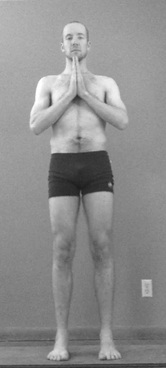
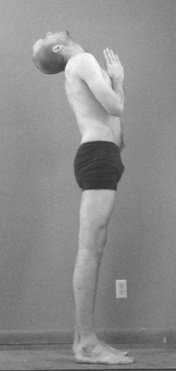
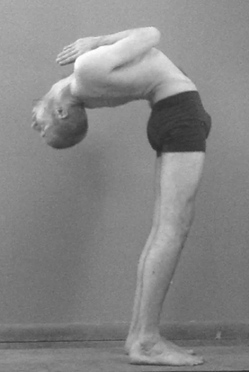
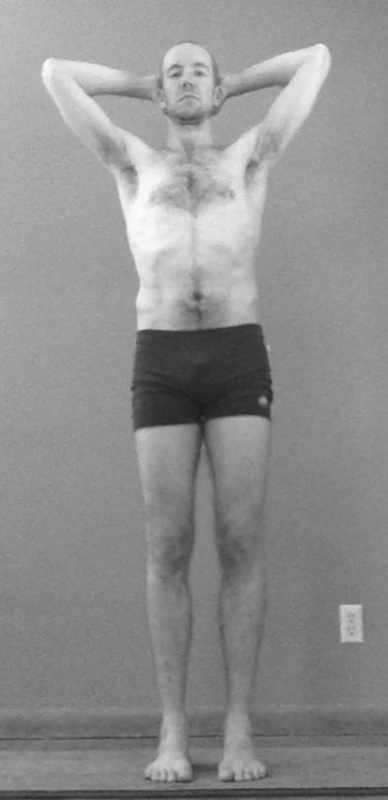
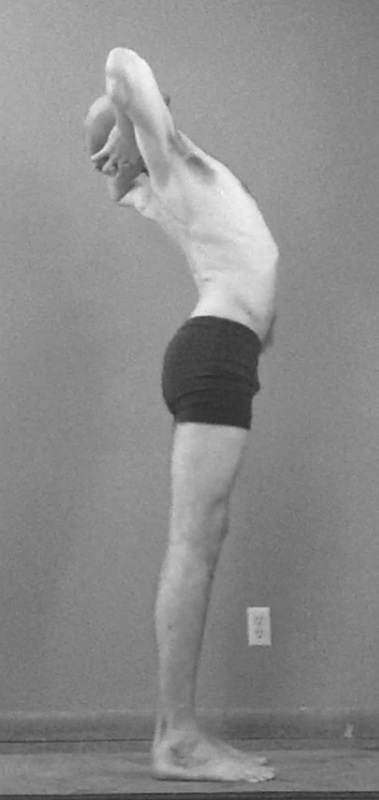
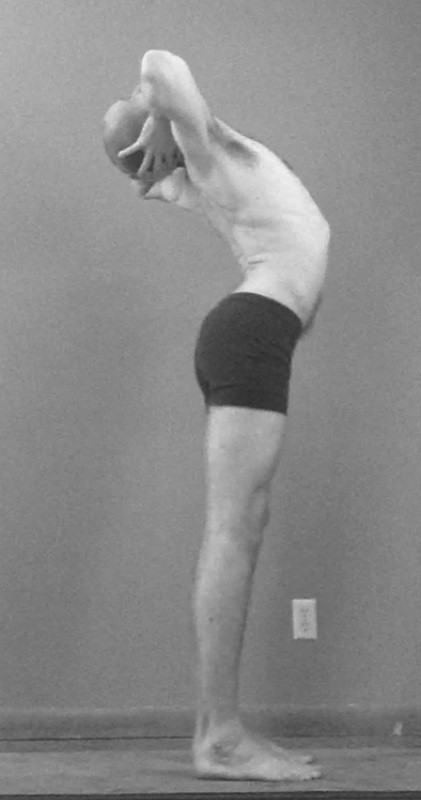
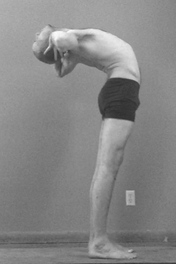
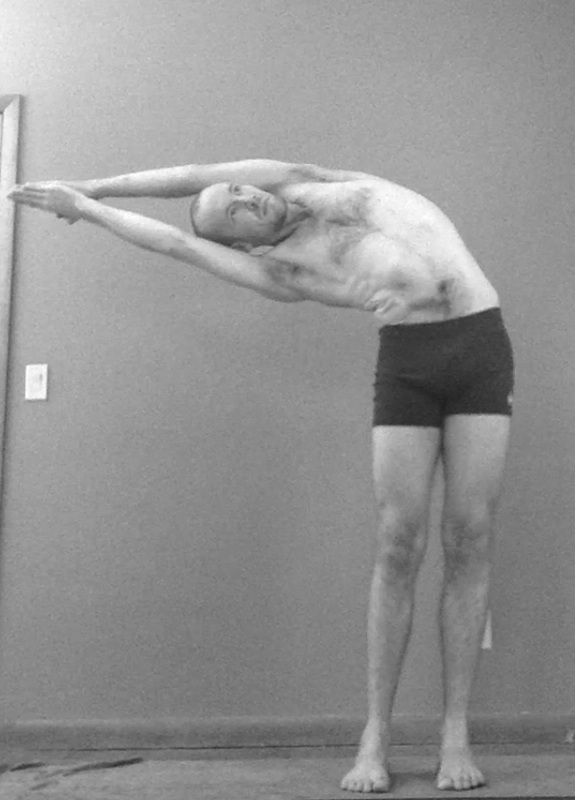
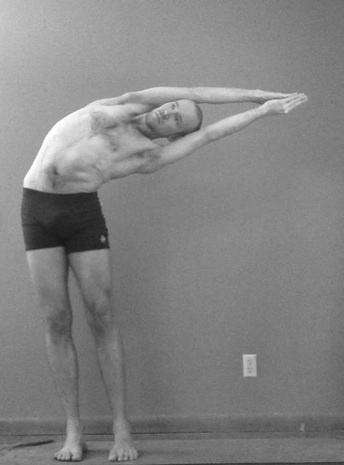
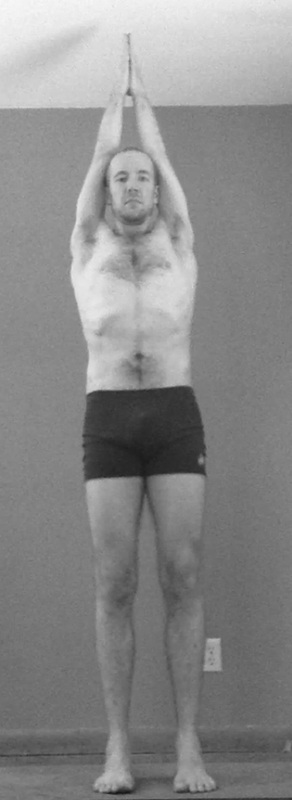
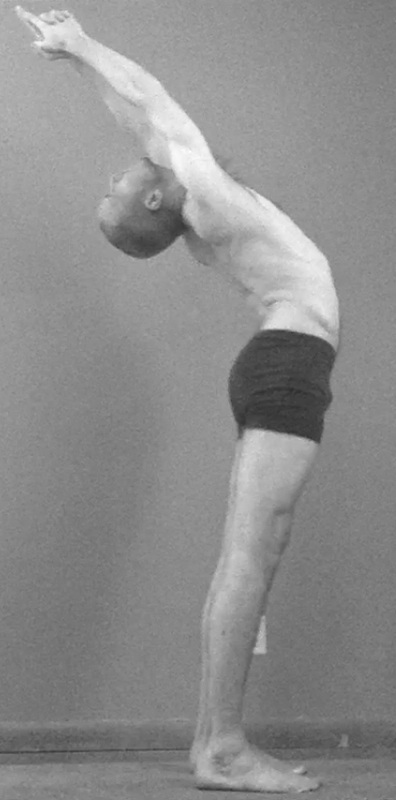
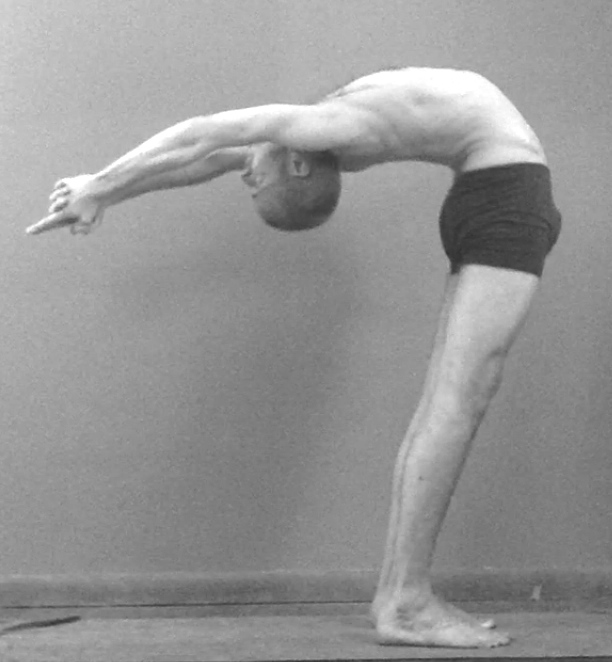
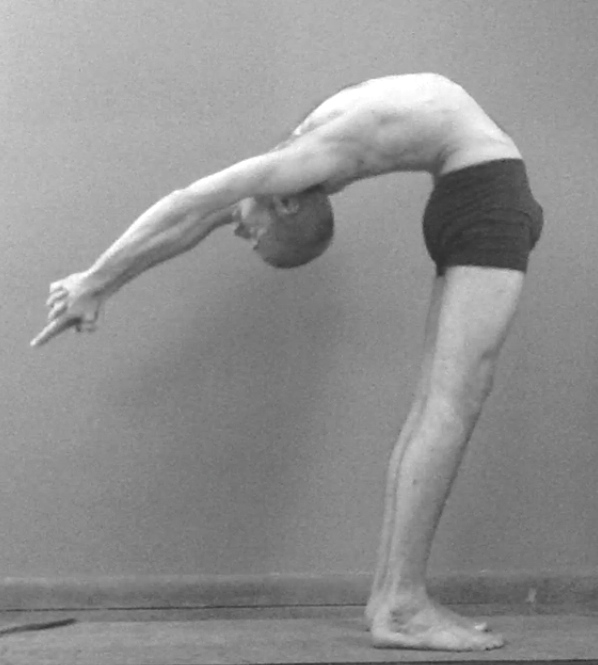
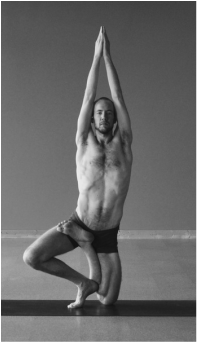
 RSS Feed
RSS Feed